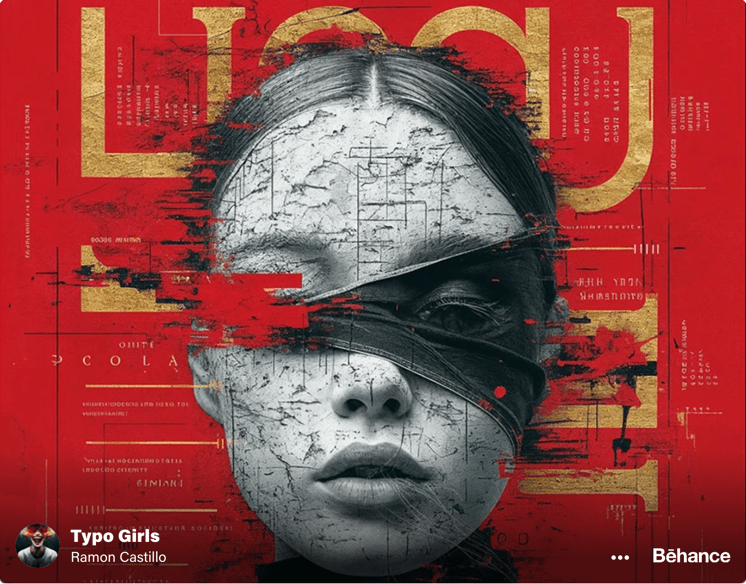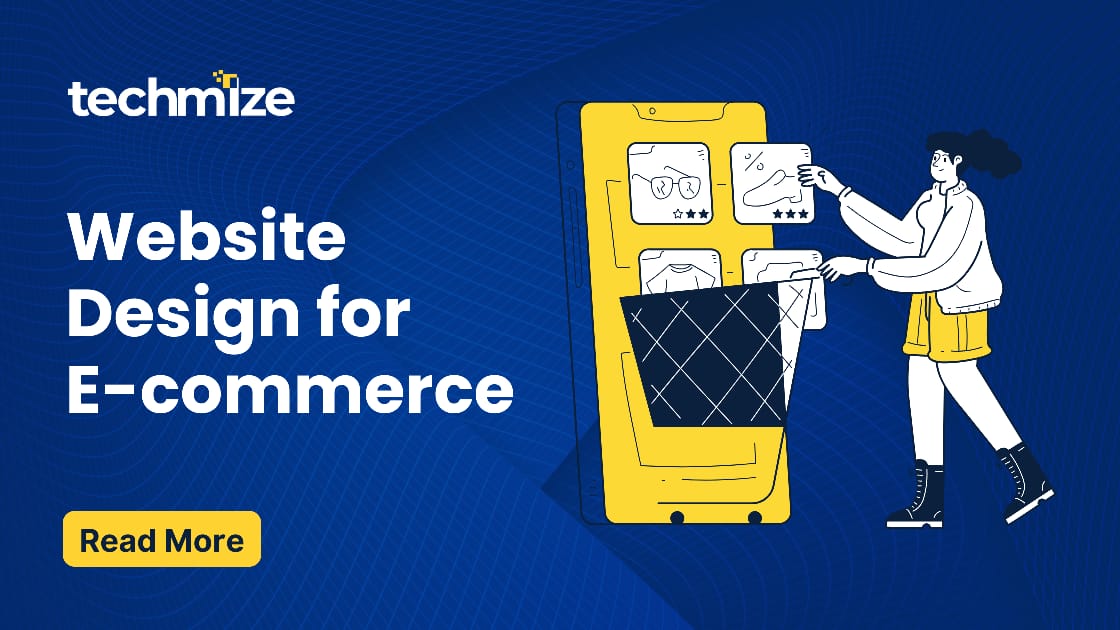Trends in Website Design : In the ever-evolving landscape of digital design, website aesthetics and functionality continue to push boundaries, creating more immersive and intuitive user experiences. As we navigate through 2025, several innovative trends are reshaping how we interact with digital spaces. Let’s explore the cutting-edge developments that are transforming website design.
Micro-interactions: Small Details, Big Impact
Micro-interactions have emerged as a powerful tool in modern website design, transforming static pages into dynamic, responsive environments. These subtle animations and feedback mechanisms create moments of delight that enhance user engagement. When a heart icon pulses after clicking “like” or a menu smoothly transitions into view, these tiny interactions add personality to digital interfaces while providing valuable user feedback.
What makes micro-interactions particularly effective is their ability to guide users through their digital journey intuitively. For instance, a subtle color shift when hovering over a button or a gentle bounce effect when scrolling to the top of the page creates a more natural, physical feel in the digital space. These design elements aren’t just decorative—they serve as visual confirmation of user actions, reducing confusion and increasing confidence in navigation.
The Rise of Dark Mode: Beyond Aesthetics
Dark mode has transcended its initial status as a mere aesthetic choice to become a fundamental aspect of modern web design. This shift goes beyond simple color inversion; it represents a deeper understanding of user preferences and digital wellness. By reducing eye strain and conserving device battery life, dark mode demonstrates how design can prioritize both form and function.
Successful implementation of dark mode requires careful consideration of contrast ratios, color psychology, and accessibility standards. Designers are now creating sophisticated color palettes that work harmoniously across both light and dark themes, ensuring brand consistency while maintaining readability and visual hierarchy. This dual-design approach has led to more thoughtful color choices and enhanced user experiences across different lighting conditions and user preferences.
AI-Powered Design: The New Frontier
Artificial Intelligence is revolutionizing Trends in Website Design by introducing capabilities that seemed impossible just a few years ago. From automated layout suggestions to personalized user experiences, AI is becoming an invaluable tool in the designer’s arsenal. Machine learning algorithms now analyze user behavior patterns to optimize navigation paths and content presentation in real-time.
Example:

One of the most significant impacts of AI in Trends in Website Design is the ability to create dynamic, personalized experiences. Websites can now adapt their content, layout, and functionality based on individual user preferences and behavior patterns. For example, an e-commerce site might reorganize its product displays based on browsing history, or a news portal might adjust its content hierarchy according to reading habits.
Trends in Website Design ,3D Design and Animation
- Immersive Experiences: 3D elements and animations add depth and dynamism to websites, creating more immersive and engaging user experiences.
- Examples: 3D product models that users can rotate and explore, animated backgrounds, and interactive 3D characters.
- Impact: 3D design can enhance storytelling, improve product visualization, and make websites more memorable.
Bold Typography
- Expressive Fonts:
- Unique and expressive fonts are increasingly used to convey brand personality and create visual interest.
- Experimenting with font sizes, weights, and styles can add a distinctive touch to website design.
- Impact: Bold typography can make headlines stand out, improve readability, and enhance the overall aesthetic appeal of a website.
Emphasis on User Experience (UX)
The ultimate goal of any website is to provide a seamless and enjoyable user experience.
- Key elements:
- Intuitive navigation and clear calls to action.
- Fast loading times and optimized performance.
- Mobile-first design for optimal viewing on all devices.
- Prioritizing user needs and preferences throughout the design process.
WebAssembly:
- Enhanced Performance: WebAssembly is a new binary instruction format for the web that allows for faster and more efficient execution of code in the browser.
- Impact: WebAssembly enables the creation of more complex and demanding web applications, such as games and 3D graphics, with improved performance and responsiveness.
The Rise of No-Code/Low-Code Platforms:
Impact: These platforms democratize web design, making it more accessible to a wider range of users and accelerating the development process.
Empowering Creators: No-code and low-code platforms empower individuals and businesses to create websites without extensive coding knowledge.
Practical Implementation Strategies
To effectively incorporate these Trends in Website Design, designers should:
- Start with Purpose-Driven Design
Focus on implementing trends that enhance your website’s core objectives rather than following every new development. Each design element should serve a specific purpose in improving user experience or achieving business goals. - Maintain Balance
While micro-interactions can enhance user engagement, overuse can lead to cognitive overload. Similarly, AI-powered features should complement rather than complicate the user experience. The key is finding the right balance between innovation and usability. - Prioritize Performance
Modern design trends should never compromise website performance. Optimize animations, implement efficient dark mode solutions, and ensure AI features don’t increase load times significantly.
Looking Forward
As we continue through 2025, these trends will likely evolve further, influenced by advancing technology and changing user expectations. The future of Trends in Website Design lies in creating more intuitive, accessible, and personalized experiences while maintaining the delicate balance between innovation and functionality.
The most successful websites will be those that thoughtfully implement these trends to create meaningful user experiences rather than simply following the latest fad. As designers and developers, our challenge is to harness these innovations in ways that truly serve our users while pushing the boundaries of what’s possible in digital design.
Remember, the best Trends in Website Design is one that feels invisible to the user while delivering a seamless, engaging experience. By thoughtfully incorporating these trends, we can create websites that not only look contemporary but also provide genuine value to their users.
Conclusion
The future of Trends in Website Design lies in embracing innovation, focusing on user experience, and leveraging emerging technologies like AI. By incorporating these trends, businesses can create websites that are not only visually appealing but also engaging, accessible, and effective in achieving their goals.
At Techmize , we aim to empower businesses by offering cutting-edge Trends in Website Design, Landing Page Design, and Redesign Services .Our solutions are tailored to captivate your audience, boost conversions, and bring outdated websites back to life with modern aesthetics and functionality. Partner with us to elevate your online presence and achieve your business goals seamlessly.
Ready to take your digital journey to the next level? Connect with us today and discover how our services can transform your online strategy into a powerful growth engine. Let’s create something extraordinary together!






